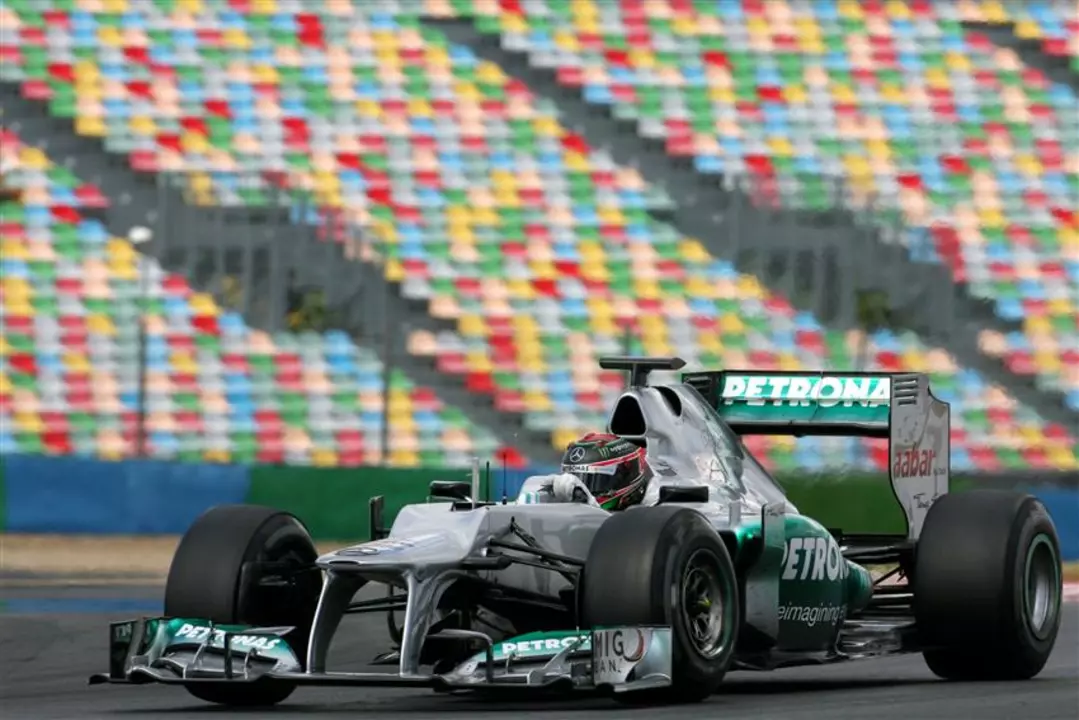Understanding Lap Times in Motorsports
In the world of motorsports, lap times are a crucial piece of data that can make or break a driver's performance. In this article, we will delve into the mechanics of how lap times are counted in Formula 1 and other motorsports, providing you with a comprehensive understanding of this key aspect of racing. We will cover the following topics:
The Basics of Lap Times
First and foremost, let's start with the basics of what a lap time is. In motorsports, a lap time is the duration it takes for a driver to complete one full lap around the race track from start to finish. It is typically measured in minutes, seconds, and fractions of a second, with the fastest lap times being highly coveted by drivers and teams alike. This metric is crucial in determining a driver's position in the race, as well as their overall competitiveness in the sport.
Timing Systems and Equipment
In order to accurately measure lap times, motorsports rely on sophisticated timing systems and equipment. These systems utilize advanced electronics and technology to ensure the most precise measurements possible. Transponders, which are small electronic devices, are installed on each race car and emit a unique signal that is captured by sensors placed around the track. This data is then transmitted to a central timing system, which calculates the elapsed time between each passing of the sensors, resulting in an accurate lap time for every driver on the circuit.
Split Times and Sector Times
While the overall lap time is an essential piece of information, it's also important to analyze the performance of a driver throughout the entire lap. This is where split times and sector times come into play. Split times are intermediate checkpoints within a lap, usually marked by timing sensors on the track. By comparing these split times, teams can gain valuable insights into a driver's performance and identify areas where improvements can be made. Similarly, sector times divide the lap into smaller segments, allowing for even more detailed analysis of a driver's abilities on specific parts of the circuit.
Qualifying Sessions and Grid Positions
Lap times play a major role in determining the starting order of a race, which is established during qualifying sessions. In Formula 1, for example, drivers participate in a series of timed laps during which they aim to achieve the fastest lap time possible. The fastest driver secures the coveted "pole position," which places them at the front of the starting grid. The remaining grid positions are determined by the lap times achieved by each driver, with the fastest times securing higher positions on the grid. This process is crucial in motorsports, as a higher starting position often leads to a greater chance of success in the race.
Importance of Pit Stops and Strategies
While pure speed is undoubtedly important when it comes to achieving fast lap times, pit stop strategies also play a critical role in the overall success of a driver. Teams must carefully plan when and how often their drivers will make pit stops during a race, taking into account factors such as tire wear, fuel levels, and even weather conditions. Poor pit stop timing can have a significant impact on a driver's lap time and overall race performance, making strategic planning an essential aspect of motorsports competition.
How Lap Times Influence Race Strategy and Results
As we've discussed, lap times are a crucial component of motorsports, influencing everything from grid positions to pit stop strategies. By analyzing lap times and other related data, teams can make informed decisions about their race strategy, which can ultimately impact their success on the track. Furthermore, drivers who consistently achieve fast lap times are not only more likely to secure higher grid positions but are also better equipped to overtake their competitors during the race, resulting in better finishes and more points for their team.
In conclusion, understanding how lap times are counted and the various factors that contribute to them is essential for anyone interested in the world of motorsports. By exploring the timing systems, split and sector times, qualifying sessions, pit stop strategies, and race strategies, we've provided a comprehensive look at the integral role lap times play in the complex and thrilling world of racing.
